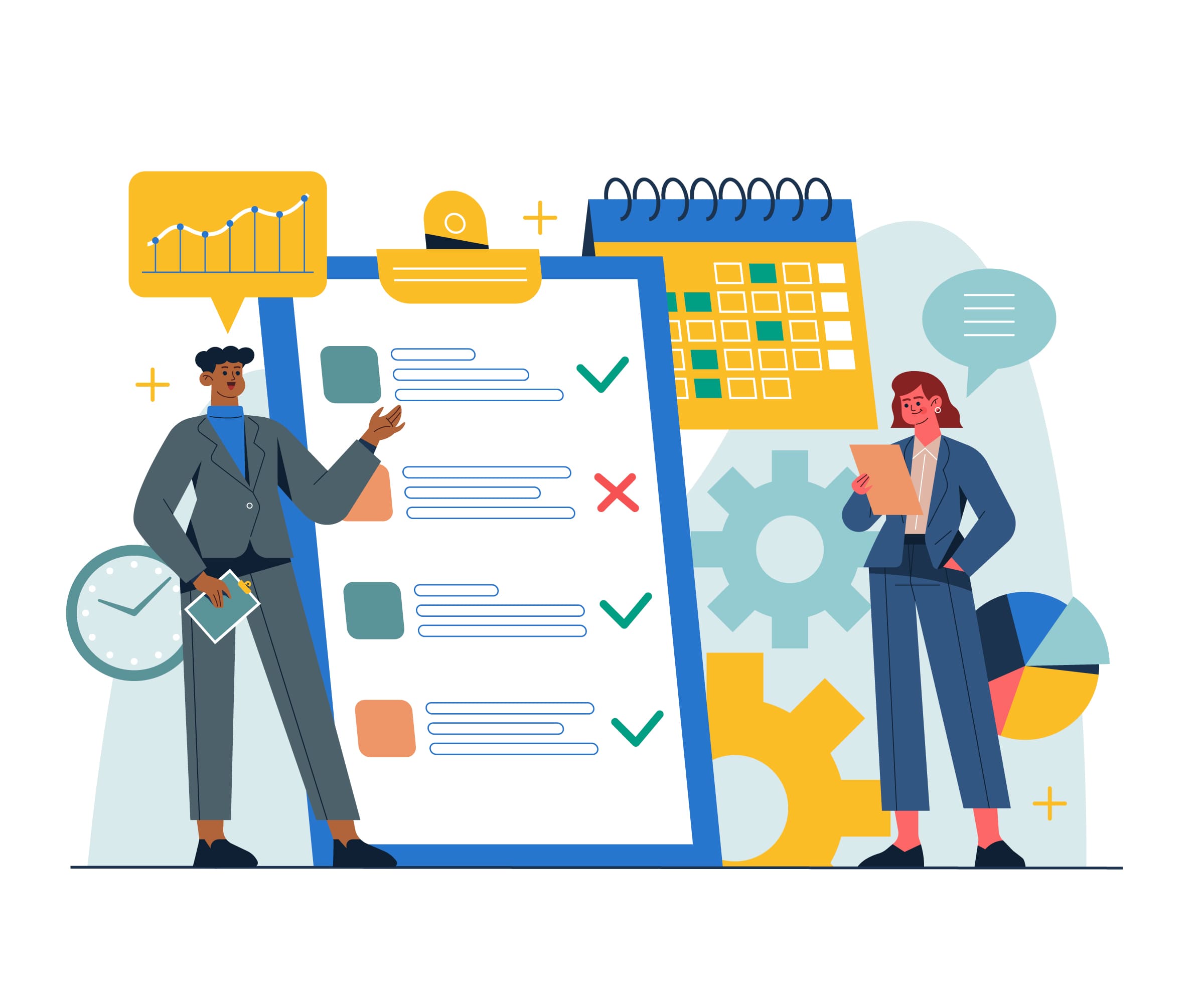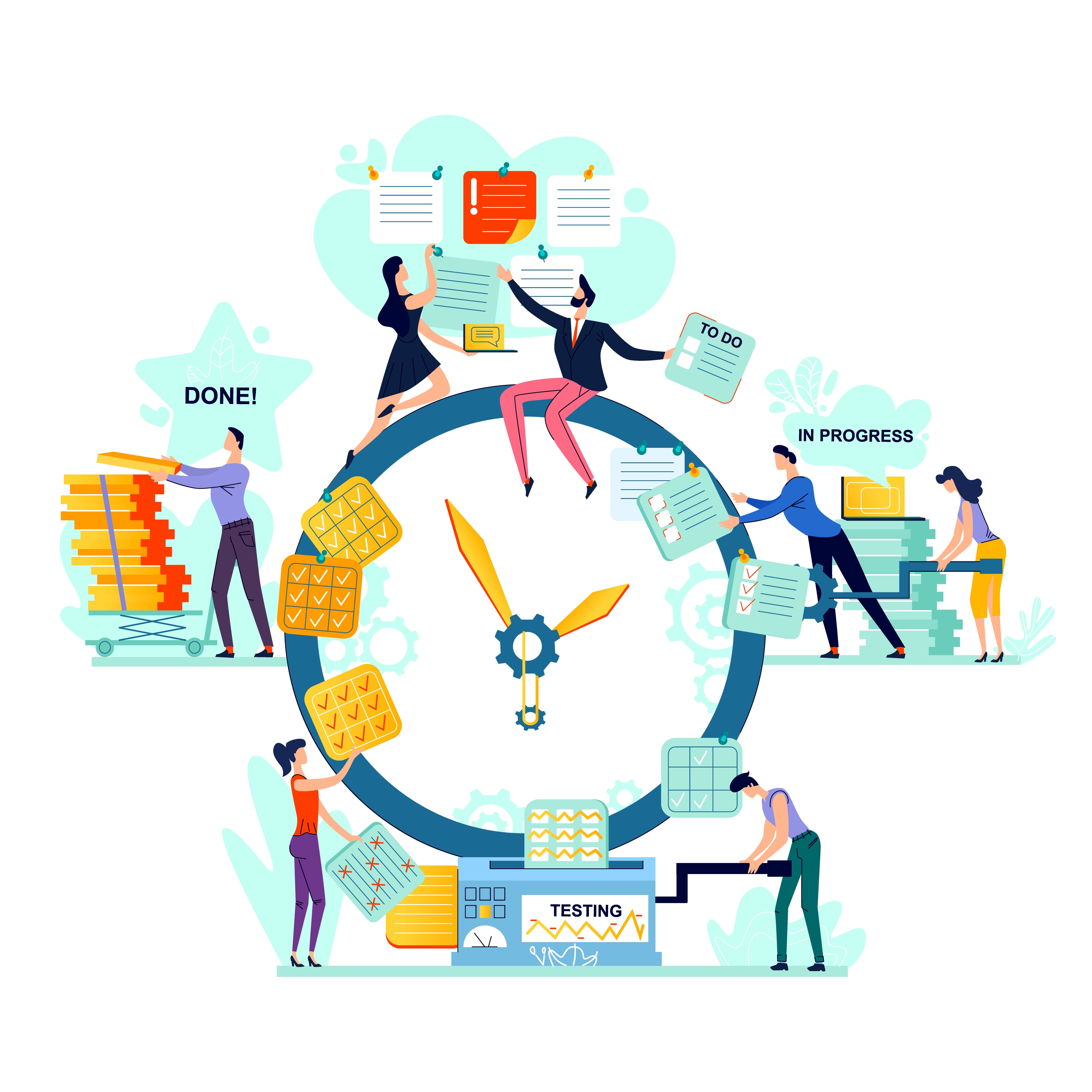Project documentation and reporting are essential aspects of project management that provide a structured way to communicate project status, progress, and important information to stakeholders. Here’s a detailed explanation of these concepts with examples:
Importance of Project Documentation and Reporting
1. Communication:
Project documentation serves as a means of clear and transparent communication with stakeholders. It keeps them informed about the project’s status, issues, risks, and accomplishments.

2. Decision-Making:
Accurate and up-to-date project documentation aids decision-making. Project managers and stakeholders can make informed decisions based on the information presented in project reports.

3. Accountability:
Documentation provides a record of project activities, responsibilities, and agreements. This helps assign accountability and resolve disputes if issues arise during project execution.

4. Learning and Continuous Improvement:
After project completion, documentation serves as a valuable resource for evaluating the project’s success, identifying areas for improvement, and learning from past experiences.

Types of Project Documentation and Reporting
1. Project Plans:
These documents outline the project’s objectives, scope, schedule, budget, and key milestones. They serve as a roadmap for project execution.

2. Status Reports:
These reports provide regular updates on project progress, highlighting achievements, challenges, and deviations from the project plan.

3. Risk Registers:
A risk register documents identified risks, their potential impact, likelihood, and planned mitigation strategies.

4. Change Requests:
Documentation for change requests includes details on the proposed changes, reasons for the changes, and their potential impact on the project.

5. Meeting Minutes:
Records of project meetings capture discussions, decisions, and action items. They ensure that participants are aware of their responsibilities.

6. Lessons Learned Reports:
These documents summarize the project’s outcomes, successes, challenges, and lessons learned for future reference.

7. Quality Control Documentation:
Records of quality control inspections, tests, and audits ensure that project deliverables meet the required quality standards.

Creating Project Documentation
When creating project documentation, consider the following:
Clarity: Ensure that documents are clear, concise, and easy to understand to facilitate effective communication.
Consistency: Use standardized templates and formats for documentation to maintain consistency across the project.
Timeliness: Regularly update and distribute documentation to keep stakeholders informed and engaged.
Relevance: Include information that is relevant to the specific audience, whether it’s the project team, client, or senior management.
Version Control: Maintain version control for documents to track changes and revisions.
In summary, project documentation and reporting are vital for communication, decision-making, accountability, learning, and continuous improvement in project management. By creating and maintaining comprehensive and well-organized documentation, project managers enhance their ability to manage projects successfully and keep stakeholders informed and engaged.








